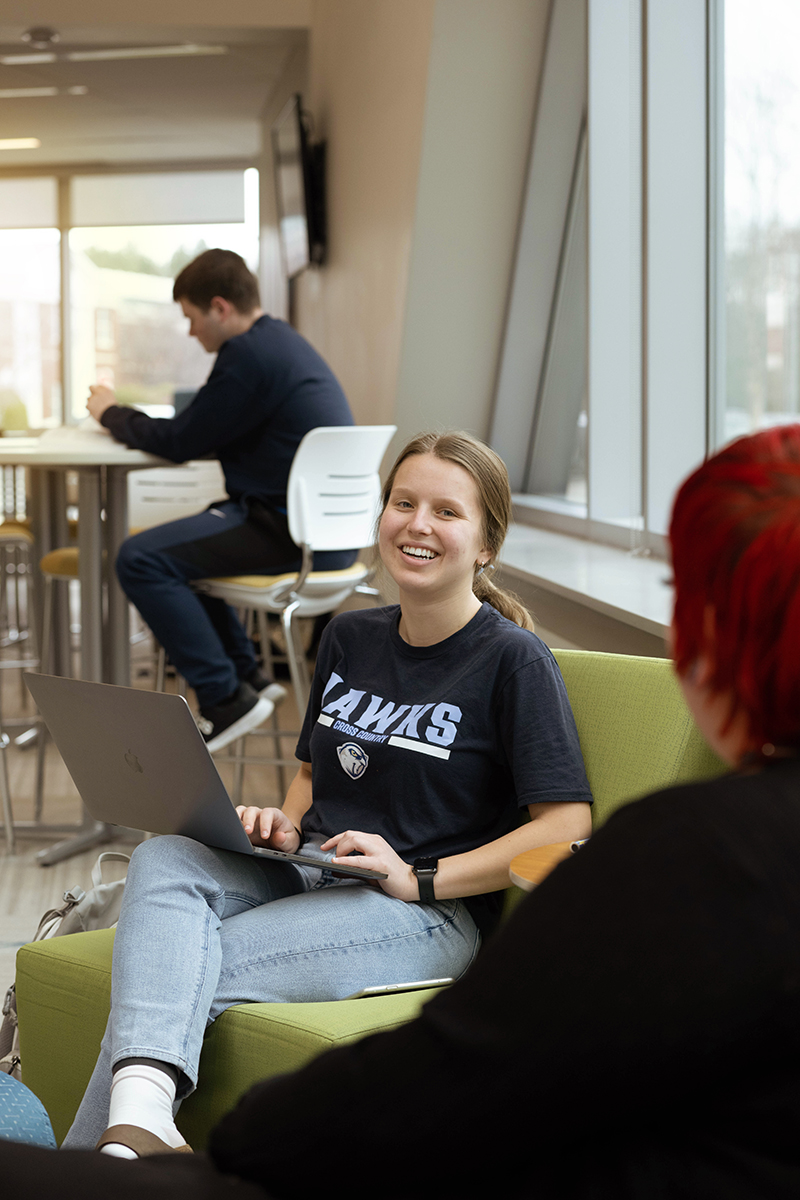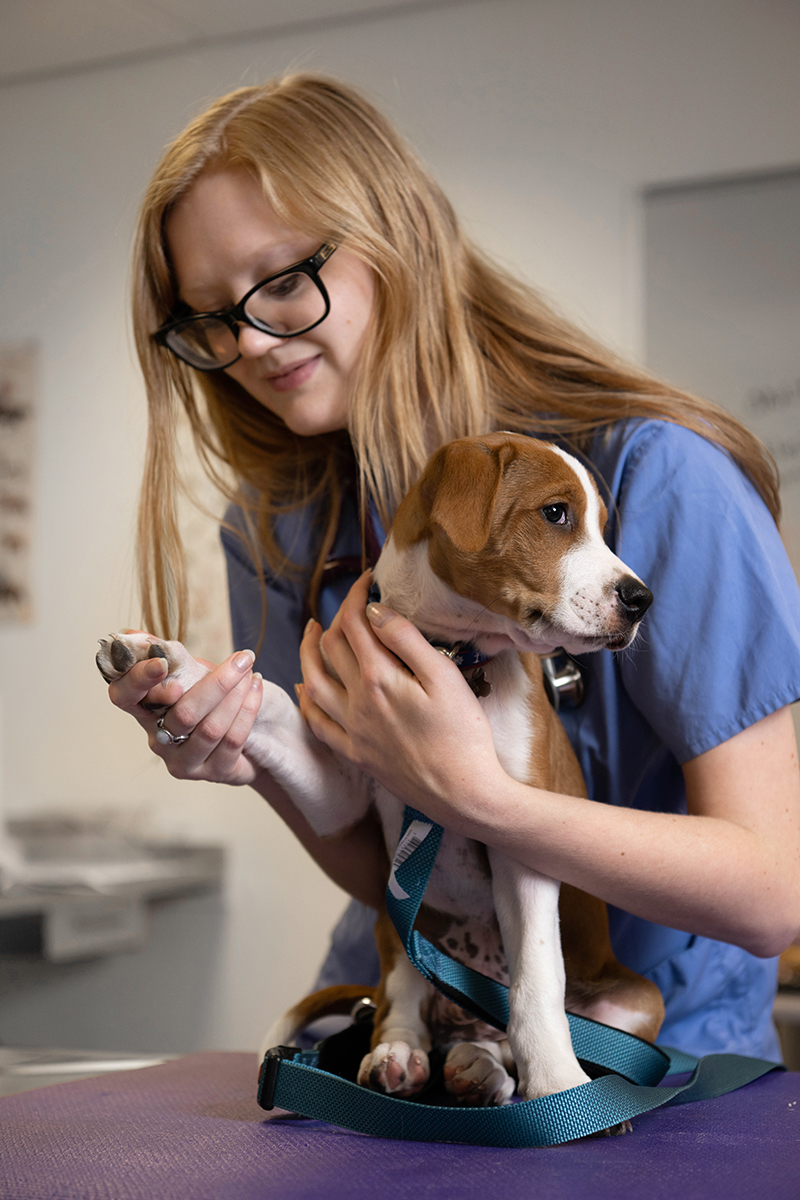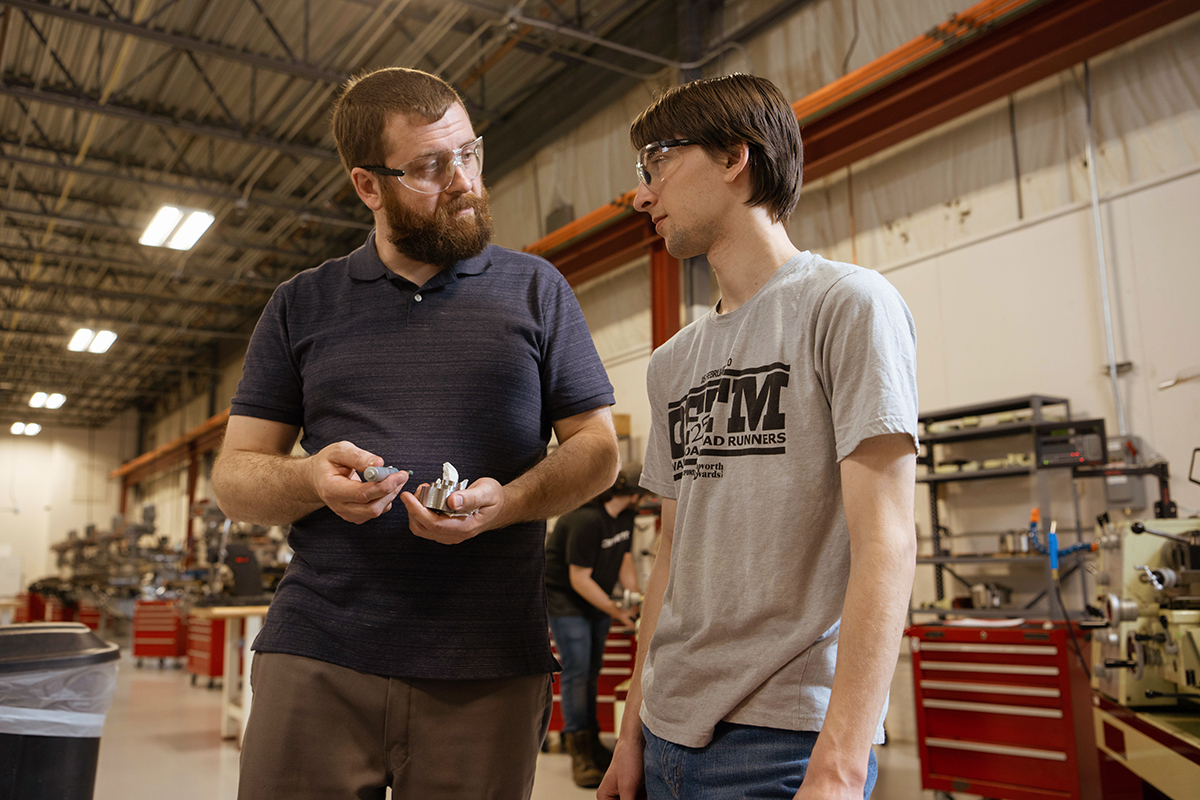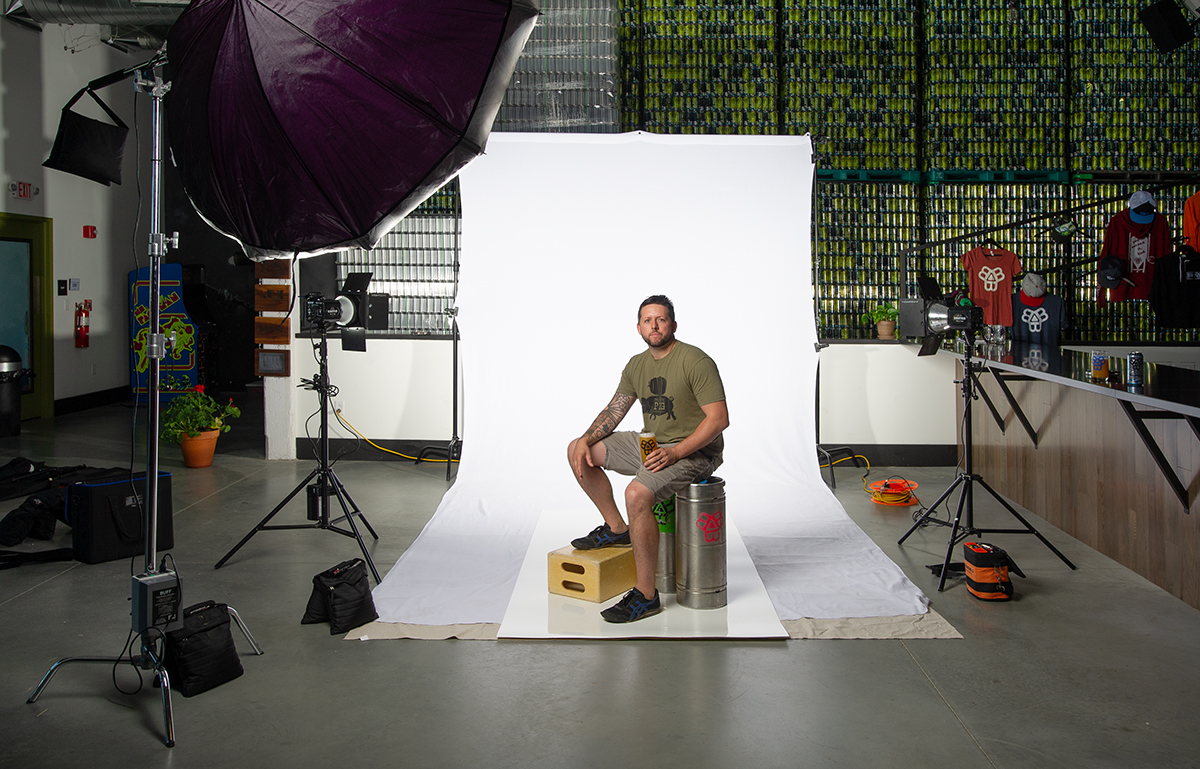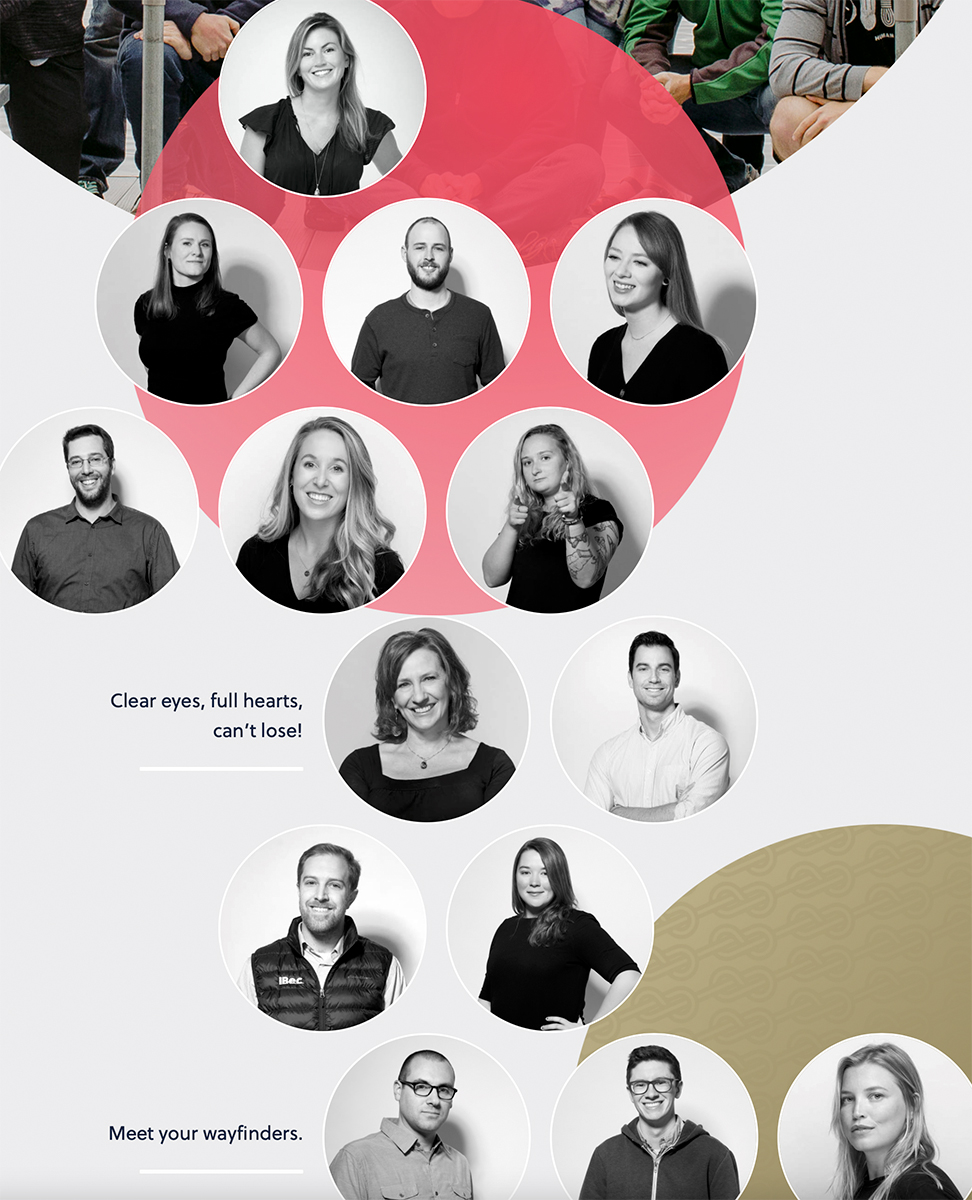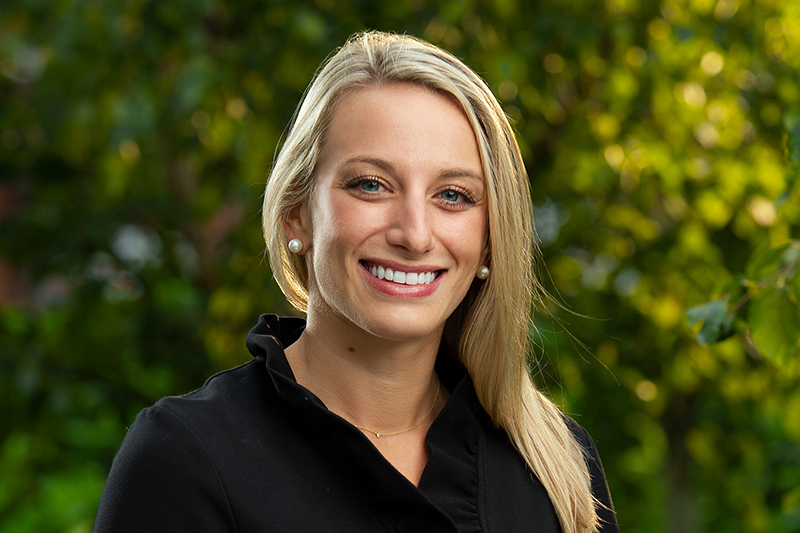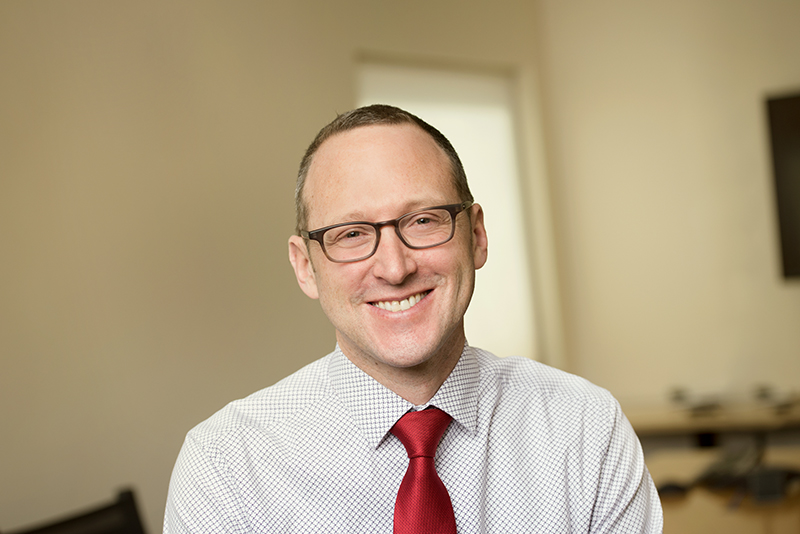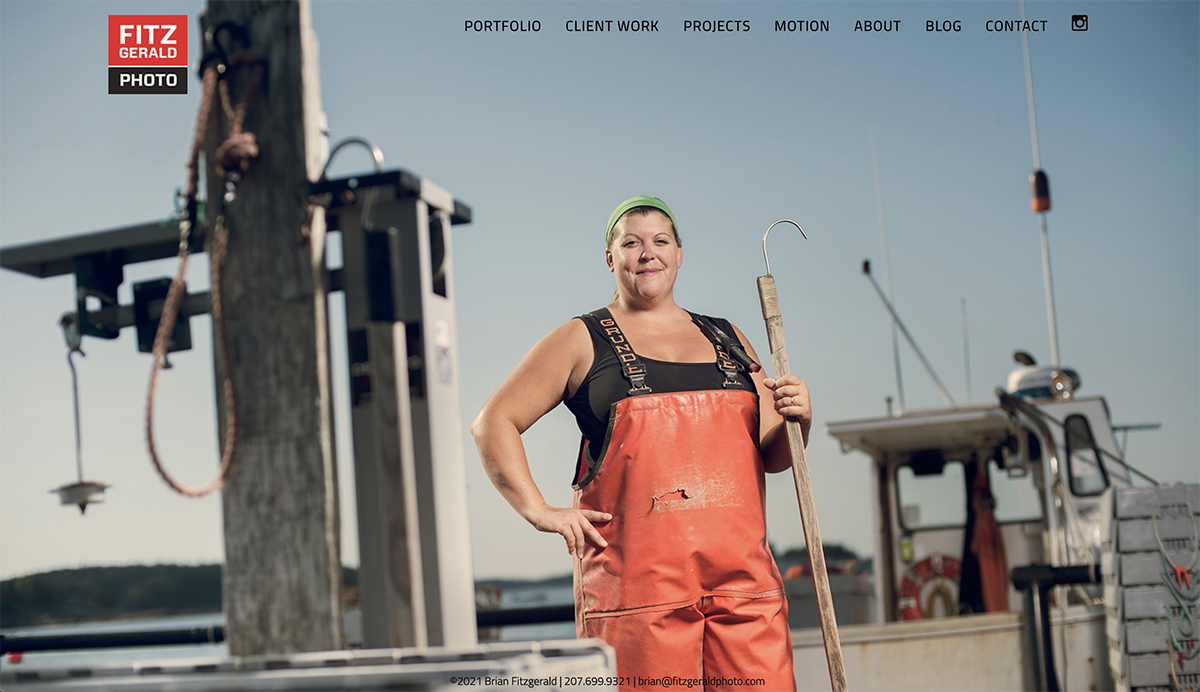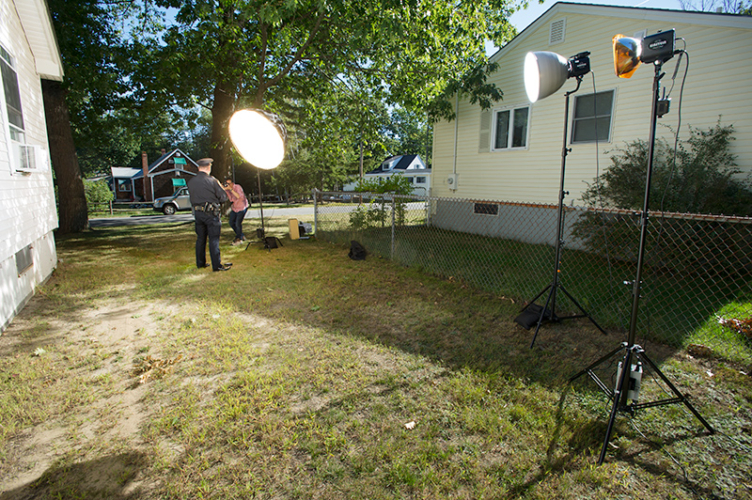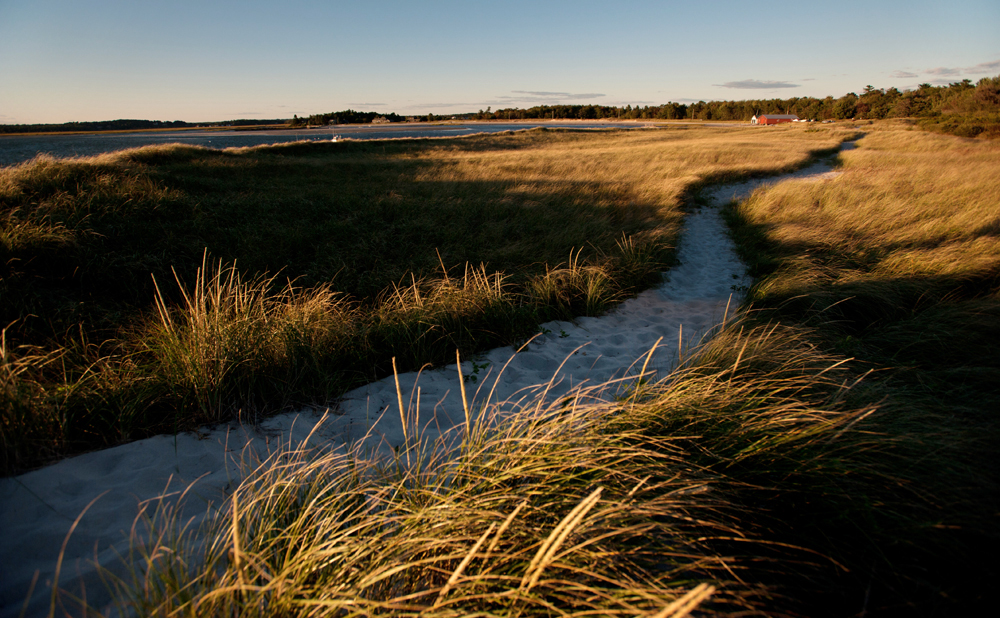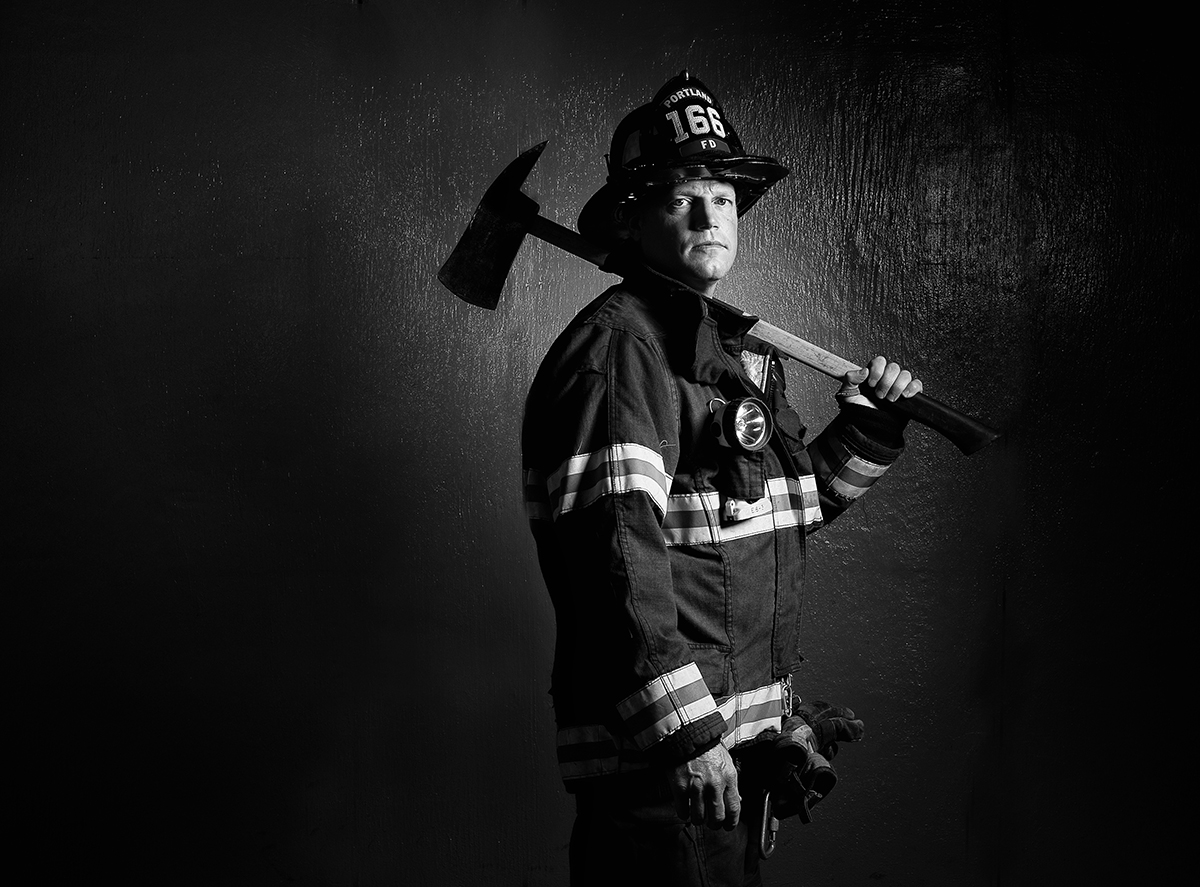
Over the past few years, I’ve worked with the Maine Community College System (MCCS) to highlight the workforce training programs at their seven campuses across Maine. These programs are designed and targeted to the needs of employers in Maine and are often a pipeline directly to well-paying professional jobs immediately upon graduation. Programs are diverse, ranging from nursing and culinary arts to project management and Amazon Web Services (AWS). The list is endless and always changing to adapt to the needs of the state’s employers.
We highlighted a few of the workforce development programs at York County Community College last year and tried to also capture some of the sense of community and connection between students and their faculty. It was a great opportunity to tell a story about a Maine institution that offers such incredible value to the community.
